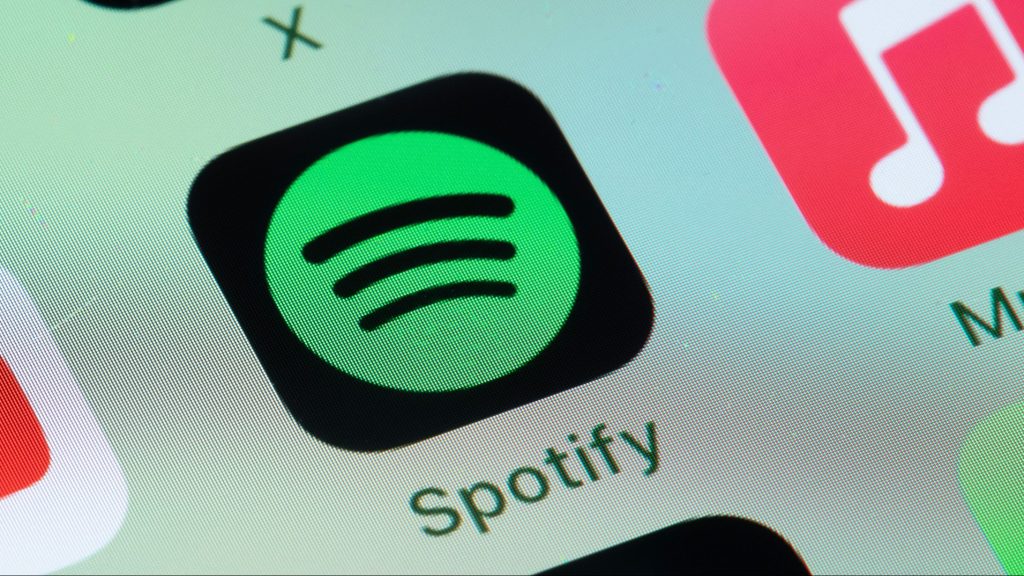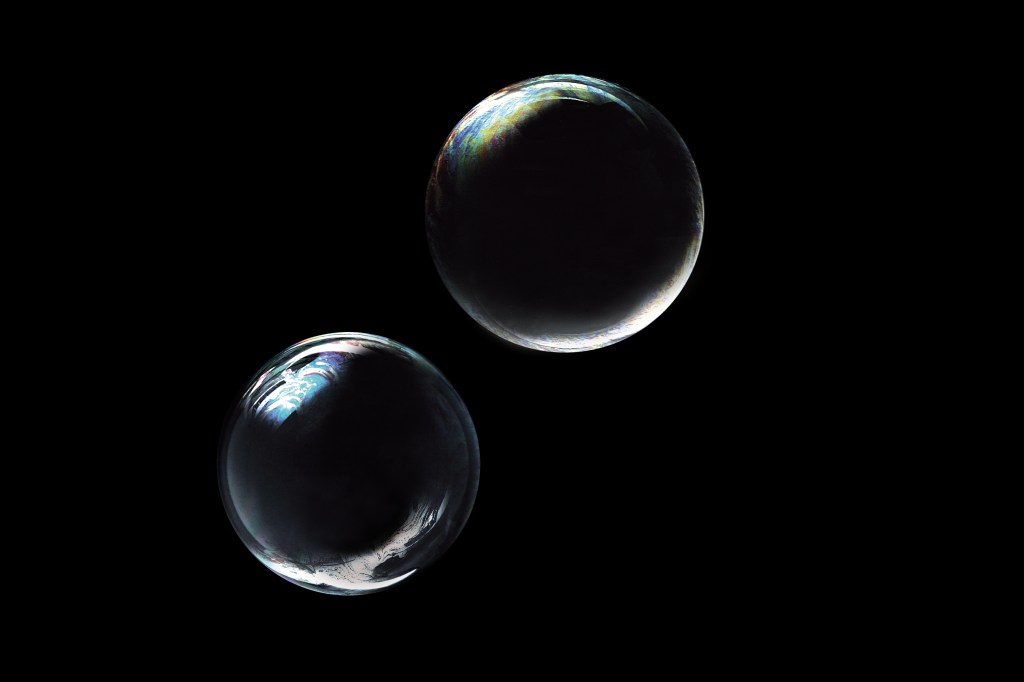Jack Dorsey Backs diVine: Reviving Vine’s Legacy with a Modern Twist
In an era where generative AI content is increasingly prevalent across social media platforms, a nostalgic revival is on the horizon. Twitter co-founder Jack Dorsey is championing the launch of diVine, a new application set to reintroduce the beloved six-second looping videos that once defined Vine. Scheduled for release this Thursday, diVine promises access to over 100,000 archived Vine videos, meticulously restored from backups predating Vine’s 2016 shutdown.
A Nostalgic Journey with Modern Enhancements
DiVine is not merely a digital time capsule; it aims to blend the charm of Vine with contemporary features. Users will have the opportunity to create profiles and upload new six-second videos, fostering a community reminiscent of Vine’s original spirit. A standout feature of diVine is its proactive stance against generative AI content. Unlike traditional social media platforms where AI-generated material is often inadequately labeled, diVine will identify and prevent the posting of suspected AI-generated videos, ensuring the authenticity of user-generated content.
The Vision Behind diVine
The inception of diVine is made possible through funding from Jack Dorsey’s nonprofit organization, and Other Stuff, established in May 2025. This initiative is dedicated to supporting experimental open-source projects and tools with the potential to revolutionize the social media landscape.
Evan Henshaw-Plath, an early Twitter employee and member of and Other Stuff, spearheaded the development of diVine. Following Twitter’s announcement to shut down Vine in 2016, a group known as the Archive Team preserved Vine’s content in large binary files. Recognizing the potential of this archive, Henshaw-Plath, also known as Rabble, embarked on a mission to extract and reconstruct the old Vine content to serve as the foundation for a new mobile app.
Reconstructing the Vine Archive
Rabble dedicated several months to developing scripts and deciphering the archived files. His efforts led to the successful reconstruction of numerous Vine videos, along with user information and engagement metrics such as views and a subset of original comments. This meticulous process has resulted in the restoration of approximately 150,000 to 200,000 videos from about 60,000 creators. While this represents a significant portion of Vine’s most popular content, it does not encompass the entirety of the original platform’s vast library.
Empowering Original Creators
Recognizing the importance of creator rights, diVine has implemented measures to respect the original content owners. Vine creators retain the copyright to their work and can request the removal of their videos from diVine by submitting a DMCA takedown request. Alternatively, they can verify their identity by demonstrating control over the social media accounts listed in their original Vine bios. Once verified, creators can reclaim their accounts, upload new content, or restore any of their original videos that may have been missed during the initial reconstruction process.
Ensuring Content Authenticity
To maintain the integrity of the platform, diVine employs technology from the Guardian Project, a human rights nonprofit. This technology verifies that new video uploads are authentically recorded on smartphones, effectively filtering out AI-generated content. This approach underscores diVine’s commitment to fostering a genuine and human-centric social media experience.
Built on Decentralized Foundations
DiVine is constructed on Nostr, a decentralized protocol favored by Jack Dorsey. As an open-source platform, it empowers developers to create their own applications and manage their own hosts, relays, and media servers. Dorsey emphasized the significance of this approach, stating, Nostr – the underlying open-source protocol being used by diVine – is empowering developers to create a new generation of apps without the need for VC-backing, toxic business models, or huge teams of engineers.
A Contrast to Other Revival Efforts
The launch of diVine comes amidst other attempts to resurrect Vine’s legacy. Elon Musk, the current owner of Twitter (now rebranded as X), announced in August that the company had discovered Vine’s old video archive and was working to restore user access. However, no public launch has occurred to date. In contrast, the Dorsey-backed diVine project has made significant strides, leveraging the archived content and respecting creator copyrights under the principles of fair use.
Meeting the Demand for Authentic Social Experiences
Rabble believes there is a growing consumer demand for authentic, non-AI-driven social experiences. He noted, Companies see the AI engagement and they think that people want it. They’re confusing, like — yes, people engage with it; yes, we’re using these things — but we also want agency over our lives and over our social experiences. DiVine aims to rekindle the essence of early social media, where users had control over their feeds and engaged with content created by real individuals.
Availability
DiVine is set to be available on both iOS and Android platforms. Users can access the app and explore the revitalized world of six-second looping videos by visiting diVine.video.



